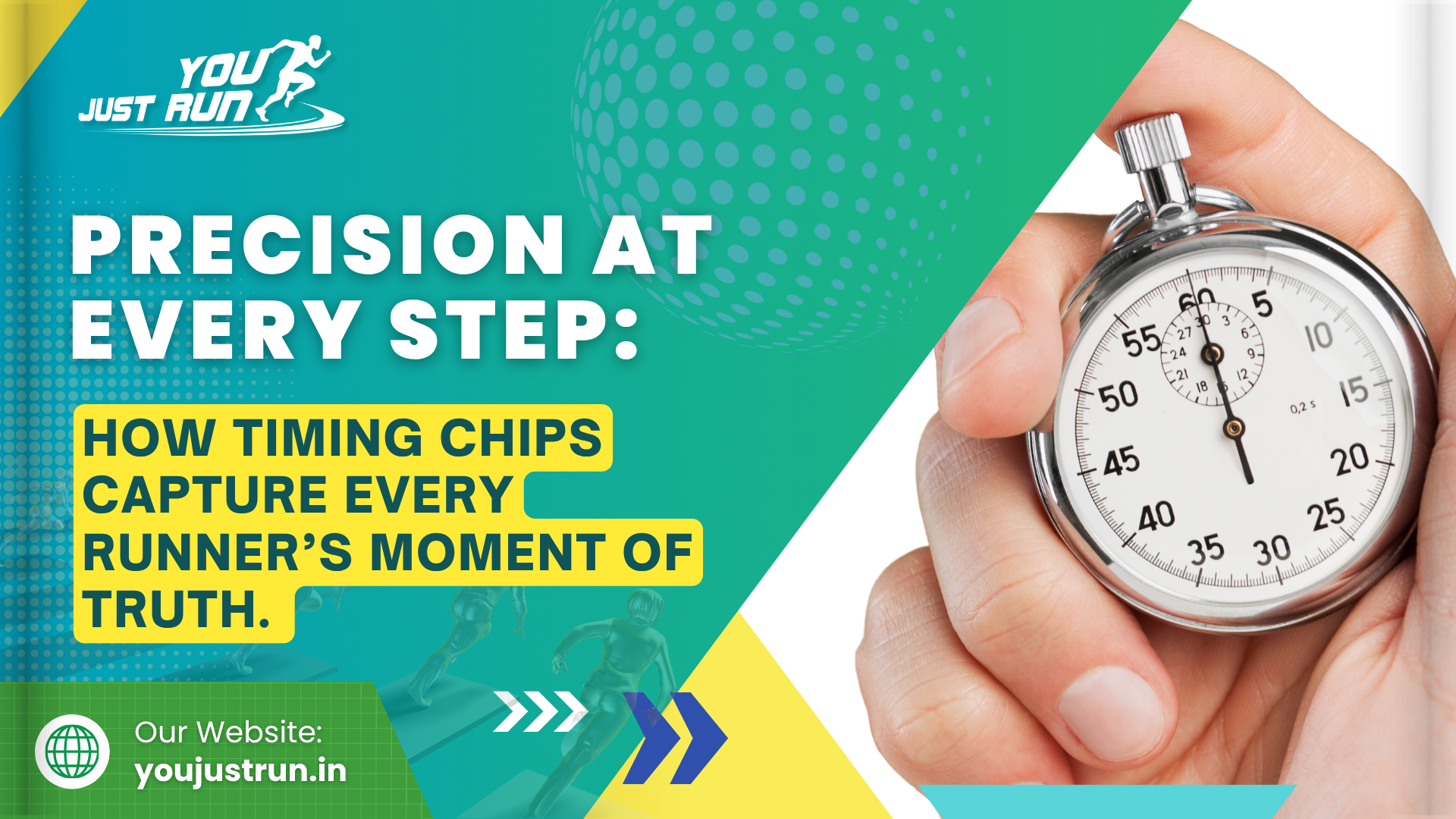Racing events — from 5Ks to marathons — depend largely on precise timing systems for fair results, player satisfaction, and event legitimacy. As technology improves, chip timing systems have become the new norm for races across the globe. They use RFID chips, mats, and computer applications to capture the time of each runner accurately.
However, rolling out a system for Running Chip Timing System does not always go as planned. Even seasoned race directors can overlook steps that can affect accuracy, athlete experience, and reporting after a race. This blog discusses the most frequent blunders and how to circumvent them so you can execute a smooth, professional race.
1. Not Testing Equipment Before Race Day
One of the most common errors is expecting the chip timing system to function flawlessly without testing. Dead batteries, malfunctioning mats, or misconfigured software can disrupt timing and frustrate participants.
Solution:
Have a complete trial several days before the event.
Test all chips, mats, and timing software in actual conditions.
Have volunteers run across timing mats at different speeds to mimic the conditions of an actual race.
2. Timing Mats Misplaced
Timing mats will read the RFID chips as runners pass the start, split, and finish lines. If mats are positioned poorly — meaning in proximity to an obstruction, on uneven ground, or on close trails — it can affect the valid read or cause the runner to get a phantom split.
Solution:
Place timing mats on stable, level ground with enough width for the volume of runners you anticipate.
Avoid placing timing mats in proximity to turns or cones, or in congested areas that provide opportunities for runners to stagger or jump over the mat.
If using more than one mat for splits, keep each well-marked and under observation.
3. Failure to Consider Chip Type
All chips are not of the same type. Some are for one-off disposal as bib tags, while others are for reusing as ankle chips. Choosing the incorrect type for your race format may cause an error or cost.
Solution:
Determine the race size, budget, and timing requirements before deciding on chips.
For larger races, using disposable bib chips is more convenient.
When repeating races or having multi-day events, it will be better for the environment and budgeting to use recyclable chips.
4. Overlooking Locations/Conditions
The readings on the chips are affected by weather, terrain, and interference. A rainy course, muddy conditions, or a rough surface may all interfere with the chip reading correctly. Being close to, or inside, a metal building, for example, can also cause misreads based on interference.
Solution:
Be sure to use weatherproof lanes and pad down the cabling.
Be conscious of electronic interference from nearby equipment, machines, speakers, or timing computer equipment, and just beep.
For outdoor events, expect extreme weather and simulate the system accordingly.
5. Inadequate Training for Volunteers and Staff
The most effective timing system will fail if the people operating it are untrained. While these timing volunteers may be appropriately qualified to be there for race day, they might not understand how to correctly put the mats in place, scan the chips, or correct errors.
Solution:
Provide brief and to-the-point training for all timing volunteers that is hands-on.
Delegate casual responsibilities, such as chip handout, start/finish line observation, split timings, and other small tasks.
Guide the team through how to communicate throughout the entire event.
6. Integration Issues with Registration Systems
The timing system will need to integrate with the registration databases to effectively identify runners. Not integrating the two would cause mismatched results, duplicate names, or missing players.
Solution:
Utilize timing software that integrates directly with your registration system.
Verify import/export of data before the race.
Verify differences in bib numbers, categories, or age groups.
7. Lack of Contingency Plan
Technology fails — mats break down, chips fail to read, or software crashes. Most race organizers lack contingency plans, and that results in incorrect results and disgruntled runners.
Solution:
Develop manual backup timing systems, like handheld timing or backup RFID mats.
Have standby chips, mats, and batteries available.
Designate a small team to train for troubleshooting emergencies.
8. Misunderstanding Responsibilities for Data Management
After the race, the event organizers will have data results to compile, validate, and share. If you neglect to manage data after the race, it is inevitable that there will also be time added to fix or update issues, results will be incorrect, and each audience member’s experience will suffer.
Solution:
You need to identify a data manager or a data management team.
Check the chip reads with the registration list to verify that the two lists cross reference correctly.
Leverage timing software that allows for quick adjustments and can instantly publish results.
9. Neglecting to Communicate with the Participant
Participants expect full transparency, including updates that occur in a timely manner. Failing to communicate chip assignment or split times can have participants confused and complaining.
Solution:
Send specific, pre-race information regarding chip placement and race process.
Supply split times and live tracking if available.
Make sure volunteers can respond to participant inquiries regarding timing.
10. Skimping On Professional Support
Many small events will skimp, using untested equipment or untested operators. Containing costs looks attractive, but missteps in timing can cause a nightmare for your race’s image.
Solution:
Engage a professional timing company for fairly significant sporting events.
Even for small, local races, invest in good software and support services.
Research and review previous reviews and case studies of similar vendors before you choose them for timing support.
Conclusion
A running chip time system is a amazing resource that helps enhance race accuracy, fairness, and athlete satisfaction. But if you are not prepared, test beforehand, and have experienced people things can go wrong! However, if the chip timing set-up is done precisely, the race will best represent your event and provide a great experience for your runners.









